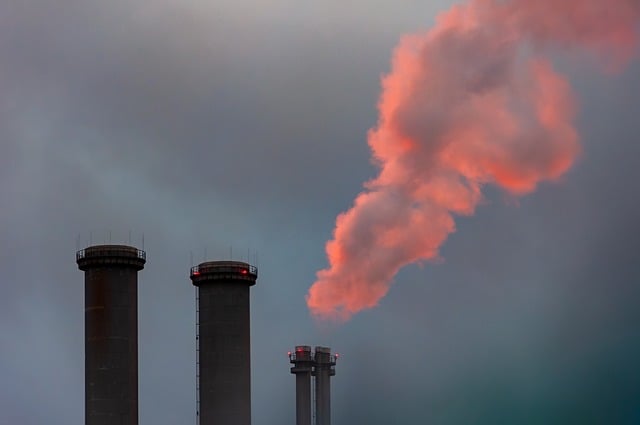Harnessing Heat to Heal Our Planet
As global temperatures rise and extreme weather events become more frequent, the urgency to curb greenhouse gas emissions has never been greater. In the realm of Emission reduction strategies, thermal energy storage emerges as a beacon of hope—an innovative way to shift our reliance away from fossil fuels and toward a cleaner, more resilient energy future.
Understanding Thermal Energy Storage
Thermal energy storage (TES) systems capture excess heat or cold during periods of low demand, store it for later use, and release it when energy needs peak. Whether through molten salts, phase-change materials, or chilled water tanks, these solutions act like giant batteries—only they store thermal, rather than electrical, energy.
- Molten Salt Storage: Captures high-temperature heat from solar concentrators for power generation after sunset.
- Phase-Change Materials: Exploit melting and solidification cycles to store and release heat at consistent temperatures.
- Chilled Water Systems: Provide cool air for buildings by freezing water overnight and melting it for daytime air-conditioning.
A Breath of Fresh Air for the Environment
Imagine waking up in a city cooled by sustainable ice banks, or powering your morning coffee with clean energy that was stored at peak solar hours. Thermal energy storage not only slashes carbon dioxide output but also eases strain on power grids, reduces peak demand charges, and cuts operating costs for industries and communities alike.
By buffering supply and demand fluctuations, TES allows renewable sources—solar, wind, even waste heat—to shine around the clock. This synergy translates into tangible gains for the environment: cleaner air, healthier ecosystems, and a dramatic reduction in smog-forming pollutants.
Turning the Tide on Climate Change
Climate change isn’t a distant threat—it’s our everyday reality. Torrential rains, searing droughts, and rising seas remind us that business-as-usual is no longer an option. Embracing thermal energy storage offers a pathway to resilience, empowering communities to adapt while mitigating further warming.
Consider industrial plants that harness excess heat from operations to drive district heating, or hospitals that maintain critical temperatures during grid outages. These aren’t futuristic scenarios—they’re unfolding today, demonstrating how creative thinking in energy storage can reshape our relationship with the planet.
Looking Ahead: Scaling Up Impact
To fully unlock the potential of thermal energy storage, collaboration is key. Governments, utilities, and private sectors must align on incentives, streamlined regulations, and research investment. Community engagement also plays a vital role: when citizens understand how stored thermal energy cools their homes or powers factories, they become champions for the clean-energy transition.
By integrating TES into urban design, industrial parks, and district-wide energy plans, we build a foundation for long-term emission reduction. In doing so, we don’t just tackle carbon; we foster economic opportunity, public health, and a lasting legacy of environmental stewardship.



